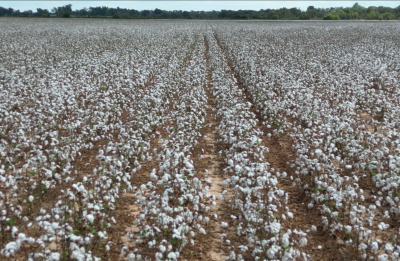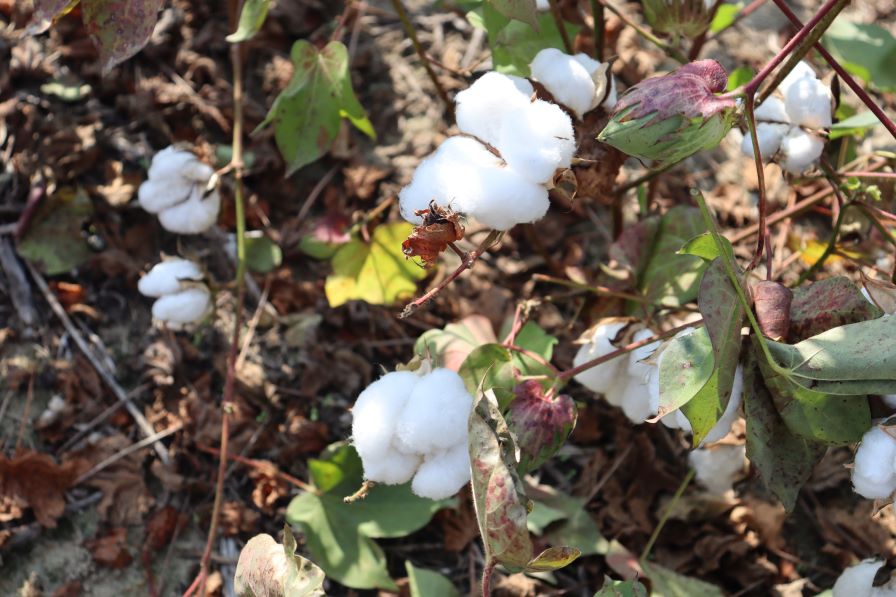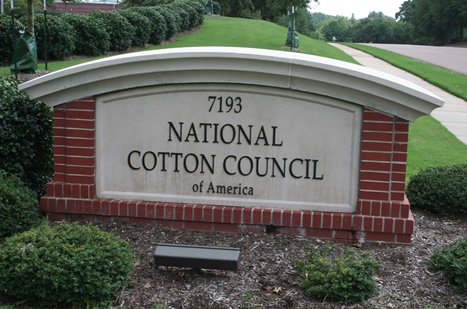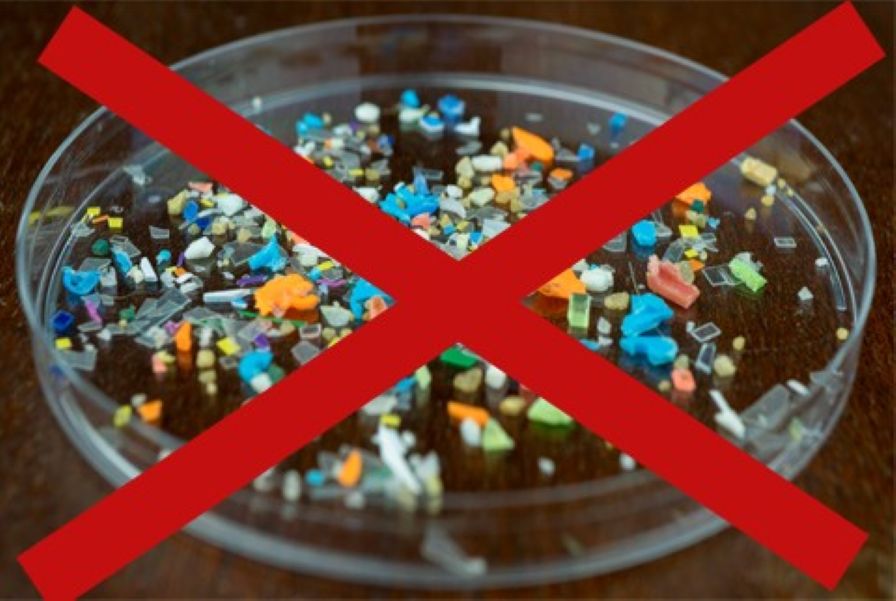EPA Releases Insecticide Strategy for Better Endangered Species Protection
The U.S. Environmental Protection Agency (EPA) has released its final Insecticide Strategy that identifies practical protections for federally endangered and threatened species from the use of insecticides, while providing flexibility for pesticide users and growers.
The Strategy identifies mitigations aimed at protecting more than 900 species listed by the U.S. Fish and Wildlife Service (FWS) that EPA considers when it registers a new insecticide or reevaluates an existing one.
“This action is another example of how protecting our environment and safeguarding our economy can go hand in hand,” says EPA Administrator Lee Zeldin. “We have found commonsense ways to keep endangered species safe that won’t place unneeded burden on the growers who rely on these tools for their livelihood, and which are necessary to ensure a safe and plentiful food supply.
“We are committed to ensuring the agriculture community has the tools they need to protect our country, especially our food supply, from pests and diseases.”
The announcement drew quick and favorable response from multiple associations and commodity organizations, including the National Cotton Council (NCC).
“The National Cotton Council thanks the administration for listening to America’s farmers in updating the EPA Insecticide Strategy,” says NCC Chairman Patrick Johnson. “By updating buffer distances, tailoring mitigation to real-world conditions, and recognizing conservation efforts, the new strategy strengthens environmental protections without compromising our nation’s safe and secure supply of food, feed and fiber.”
U.S. Secretary of Agriculture Brooke Rollins also notes, “American agriculture demonstrates that production and stewardship go hand in hand. Thanks to Administrator Zeldin for working towards unleashing regulatory burdens for American farmers and ranchers with the release of this final insecticide strategy which provides much needed improvements that will undoubtedly better protect U.S homegrown crops from pests and diseases. We look forward to continued partnership with EPA to ensure our growers continue to have the crop protection tools and flexibility needed to feed, fuel, and clothe our nation and the world.”
Earlier this year, Administrator Zeldin announced his Powering the Great American Comeback Initiative to advance the agency’s core mission of protecting human health and the environment while energizing the American economy. The final Strategy is the culmination of continued communication between EPA, its federal partners including the USDA and FWS, and other stakeholders.
The draft Insecticide Strategy was released in July 2024, followed by a 60-day public comment period during which more than 26,000 comments were received, with over 230 unique comments. In response to information provided through the public comments, EPA made several changes in the final Strategy, supported by scientific analyses, to provide greater flexibility and options for the agricultural community, while ensuring that endangered species are protected. Those science-based modifications include:
- Reducing buffer distances across all application methods
- Providing credit for any reduction in the proportion of a treated field for ground applications
- Developing a process to qualify conservation programs that will give growers more credit for being part of a conservation program than initially proposed
- Developing a process to qualify external parties to assess a grower’s farms and determine the existing mitigation points that could be achieved by practices a grower already has in place
- Updating key data sources and identification of invertebrate species that may occur on agricultural fields
- Adding a Pesticide Use Limitation Area (PULA) group for generalist species that reside in wetlands to reduce mitigations applied outside of wetland habitats.
EPA will continue to work with stakeholders to modify and update these documents as additional information becomes available. In addition, EPA anticipates continued engagement with stakeholders, including federal and state partners, to ensure effective implementation of the Strategy.
The Insecticide Strategy and accompanying support documents, including a Response to Comments document and an updated Ecological Mitigation Support Document describing mitigations and supporting data that inform implementation of both the herbicide and insecticide strategies, are available on Regulations.gov in docket EPA-HQ-OPP-2024-0299.
Information from the U.S. EPA









